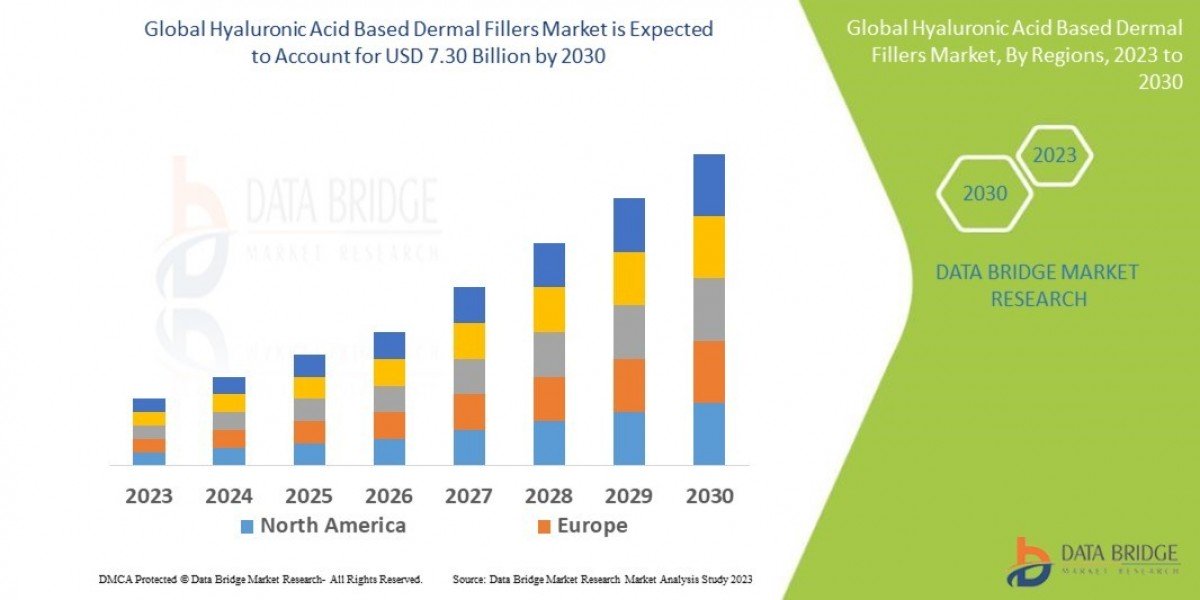As data generation grows exponentially, fueled by AI, cloud computing, video streaming, and IoT, the need for ultra-high-density storage has become critical. Traditional magnetic storage technologies are approaching their physical limits, prompting the development of innovative solutions like Heat-Assisted Magnetic Recording (HAMR).
HAMR devices represent a breakthrough in hard disk drive (HDD) technology, offering a way to significantly increase data storage density without sacrificing reliability or longevity.
What is HAMR Technology?
Heat-Assisted Magnetic Recording (HAMR) Market is an advanced data storage technique that uses localized heating with a laser to temporarily reduce the magnetic coercivity of a small region of the disk—allowing data to be written more easily and precisely.
? How it Works:
A tiny laser diode integrated into the read/write head briefly heats a nanoscale region of the magnetic medium to around 400–700°C.
This localized heating lowers the medium’s magnetic resistance (coercivity).
The magnetic write head then writes data onto this softened region.
The area cools quickly, locking the data in a thermally stable, high-density form.
By combining high coercivity media with temporary heating, HAMR enables smaller magnetic grains and thus greater areal density than conventional Perpendicular Magnetic Recording (PMR) or Shingled Magnetic Recording (SMR).
Key Advantages of HAMR Devices
? Massive Storage Density
HAMR allows for significantly more data to be written in the same area. Areal density could eventually exceed 5–10 terabits per square inch, compared to current HDDs at ~1.1 Tb/in².
? Data Stability
The high-coercivity materials used in HAMR are more stable at smaller scales, reducing the risk of data degradation over time.
? Backward Compatibility
HAMR HDDs retain compatibility with traditional HDD interfaces and workloads, making them easier to adopt in existing infrastructure.
⚡ Lower Total Cost of Ownership (TCO)
In data centers, higher-capacity drives mean fewer HDDs, less rack space, and lower energy use per TB—translating to cost and efficiency gains.
Applications of HAMR Devices
☁️ Hyperscale Data Centers
As cloud providers manage zettabytes of data, HAMR-based drives offer a cost-effective, scalable solution for cold and warm storage tiers.
?️ Media & Entertainment
Massive uncompressed video archives and real-time post-production demand ultra-high-capacity drives.
? Life Sciences & Genomics
Genomic sequencing data is vast and growing—HAMR helps store large datasets efficiently for research and analytics.
?️ Scientific & Government Research
Space observatories, weather simulations, and particle physics experiments generate petabytes of data, making HAMR essential for long-term storage.
Technology Landscape & Development
? Key Industry Players:
Seagate Technology: The primary driver of HAMR innovation; began shipping early HAMR-based drives in limited volumes.
Western Digital: While initially focused on MAMR (Microwave-Assisted Magnetic Recording), WD is also investing in HAMR.
Showa Denko, TDK, and Hoya: Supply key components such as recording media, heads, and glass substrates.
? Technological Milestones:
First commercial HAMR HDDs with 20 TB+ capacity were introduced in 2023.
Roadmaps project 30 TB+ HAMR drives by 2026, scaling toward 50 TB and beyond by 2030.
Challenges to Adoption
? Manufacturing Complexity: Integrating lasers and thermal controls into tiny HDD heads adds production challenges and cost.
? Media Durability: Repeated thermal cycling raises questions about long-term reliability, though early testing shows promising results.
? Initial Cost: First-generation HAMR drives are more expensive per TB than mature PMR-based models, though prices are expected to decline with scale.
?️ Ecosystem Readiness: Requires advancements in testing tools, firmware, and quality assurance specific to HAMR dynamics.
Market Outlook
The HAMR device market is positioned for strong growth over the next decade as global storage demands outpace current magnetic and solid-state technologies.
? Market Forecast Highlights:
2023 Market Size: ~USD 500–700 million (early-stage deployment)
2032 Projection: Exceeds USD 5–7 billion, fueled by data center upgrades and archival storage demand
CAGR: Estimated at 25–30% (2024–2032)
? Growth Drivers:
Explosive growth of unstructured data
Rise of AI/ML workloads needing large data pools
Expansion of cloud and hybrid IT architectures
Need for energy-efficient, scalable storage
The Future of Data Storage with HAMR
While Solid State Drives (SSDs) dominate performance-centric tasks, HAMR HDDs are poised to dominate capacity-centric applications. As storage needs grow from terabytes to petabytes to exabytes, HAMR technology offers a bridge between cost, capacity, and energy efficiency.
HAMR’s evolution will likely coincide with future storage trends such as:
Helium-filled, multi-actuator HAMR drives
ZNS (Zoned Namespace) compatibility for data optimization
Integration into AI-optimized storage hierarchies
Conclusion
HAMR devices mark a revolutionary shift in magnetic recording, enabling the data infrastructure of tomorrow to scale efficiently and sustainably. With unmatched potential in storage density and long-term reliability, HAMR will play a key role in powering the next generation of cloud, AI, and digital transformation.
As Seagate and others bring HAMR into mainstream production, organizations seeking to stay ahead of the data explosion should keep a close eye on this disruptive technology.
Wantstats is a premium platform that provides unparalleled data and statistics across 30000 markets and 100 countries in both B2B and B2C segments. Designed to fit the needs of industry stakeholders, associations, libraries, students and many more looking for statistics.
Read More








